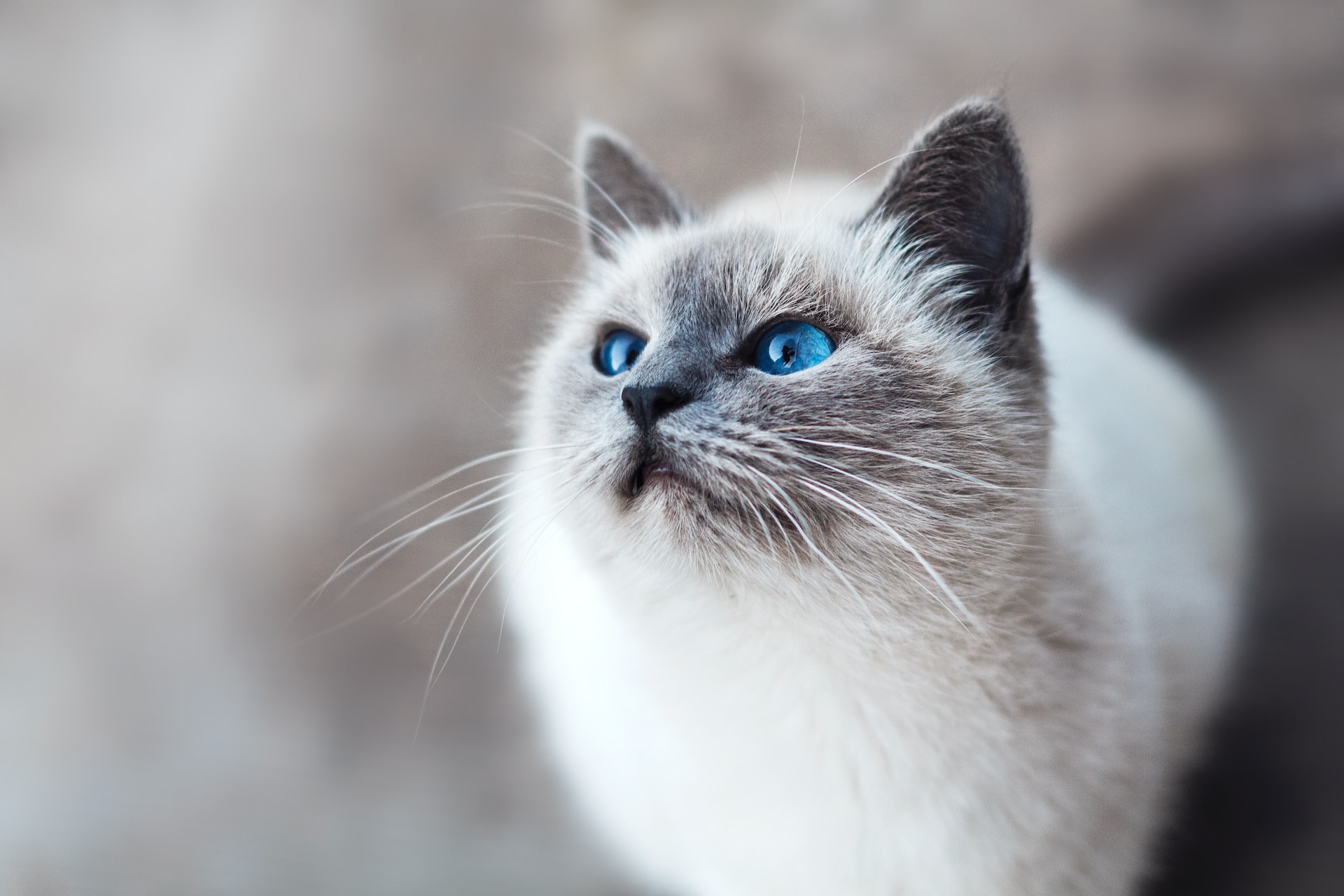The world of felines is full of mysteries and fascinations, and one aspect that often intrigues cat lovers is the perceived connection between a cat colors and its personality.
While science hasn’t definitively proven this correlation, numerous anecdotal observations suggest that certain coat colors may be associated with specific behavioral traits.
This article delves into the intriguing world of cat colors and their personalities, offering insights for cat enthusiasts.
Understanding Cat Colors Personalities
While it’s important to note that individual personality variations in cats are vast and influenced by genetics, environment, and upbringing, certain color patterns have been associated with specific temperaments in popular culture and anecdotal reports.
1. Black Cats: Mysterious and Independent

Often surrounded by superstition, black cats are frequently described as independent and resilient. They are seen as having strong personalities and can be quite affectionate with their owners.
2. Orange Cats: Friendly and Playful

Orange or ginger cats are often perceived as sociable, playful, and outgoing. They are known for their love of attention and tend to be vocal and interactive.
3. White Cats: Elegant and Reserved

White cats are typically associated with grace and calmness. They are often seen as more aloof and independent, enjoying quiet and serene environments.
4. Tabby Cats: Affectionate and Loyal

Tabbies, known for their distinctive “M” on their forehead, are frequently described as friendly, affectionate, and family-oriented. They are known to be great companions and are often quite loyal to their owners.
5. Siamese Cats: Vocal and Social

Siamese cats, known for their striking blue eyes and contrasting coat colors, are often characterized as very vocal and social. They crave attention and interaction with their humans.
6. Calico and Tortoiseshell Cats: Feisty and Independent
Often referred to as “tortitude,” calico and tortoiseshell cats are famed for their feisty and strong-willed personalities. They are known for their sass and independence.
The Science Behind the Colors
Genetics plays a significant role in the color of a cat’s coat, and it’s interesting to consider how these genetic factors might intersect with personality traits. For instance, the gene responsible for the orange color is linked to sociability, which might explain why orange cats are often perceived as friendly.
Considering the Environment
While discussing cat color personalities, it’s crucial to acknowledge the impact of environment and upbringing on a cat’s behavior.
Cats raised in a loving, interactive environment, regardless of their coat color, are more likely to be sociable and affectionate.
A Word of Caution
It’s important to avoid generalizations and stereotypes when it comes to cat colors and personalities.
Each cat is unique, and their personality is shaped by a myriad of factors. Choosing a cat based solely on coat color might lead to unrealistic expectations.
Conclusion
The connection between cat colors and personality remains a fascinating topic for cat lovers. While there may be general trends observed, each cat is an individual with its own unique set of traits and behaviors.
Understanding and appreciating these differences is part of the joy of cat ownership. Whether you’re drawn to the elegance of a black cat, the sociability of an orange tabby, or the independence of a calico, each cat brings its own special personality into your life.

